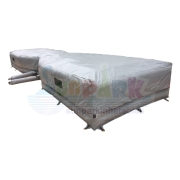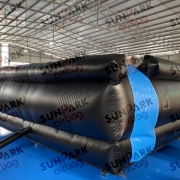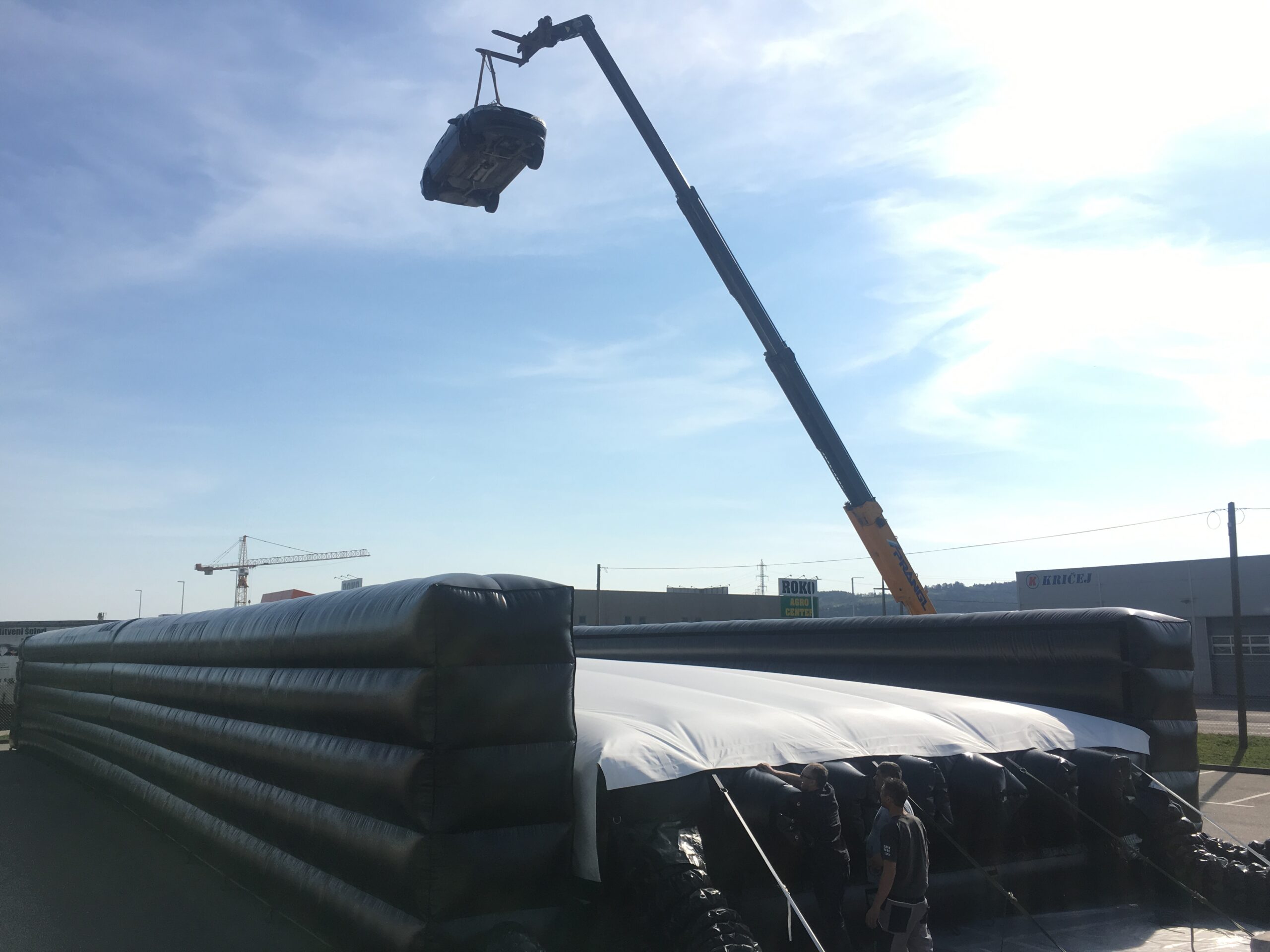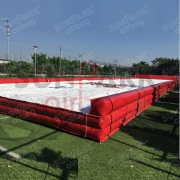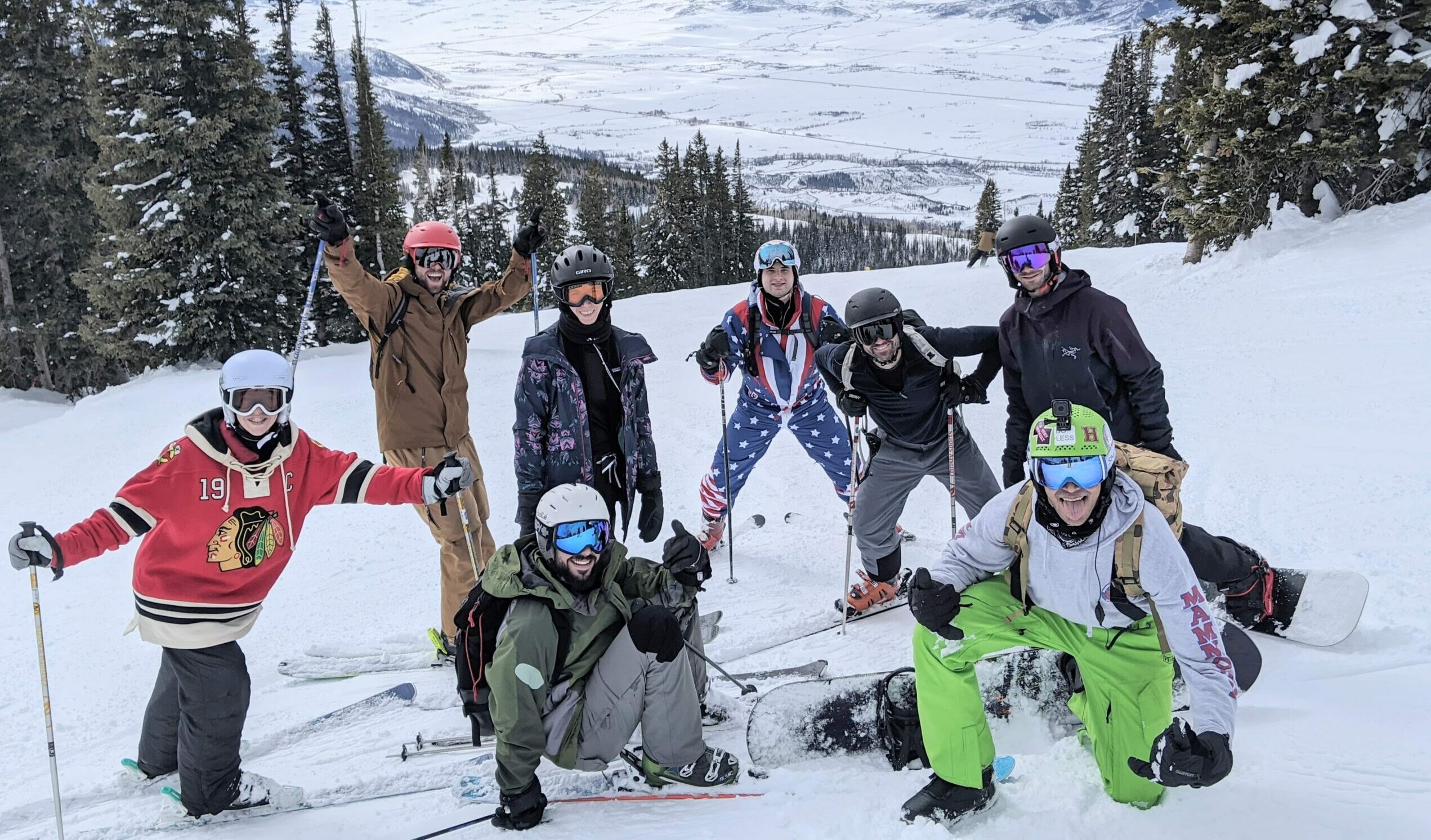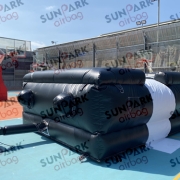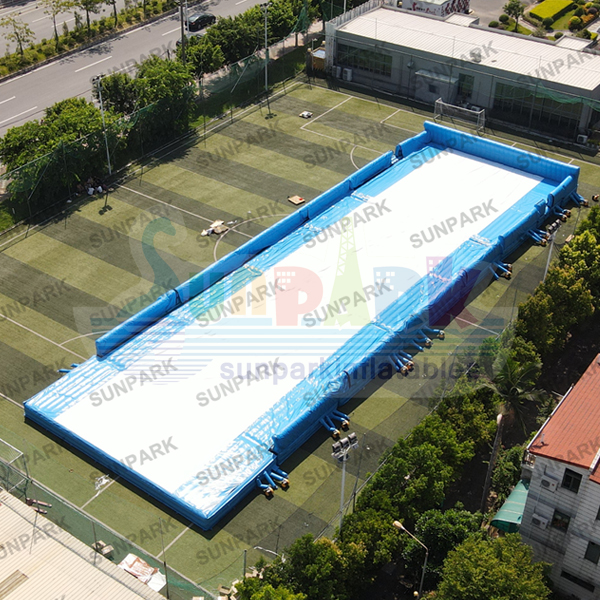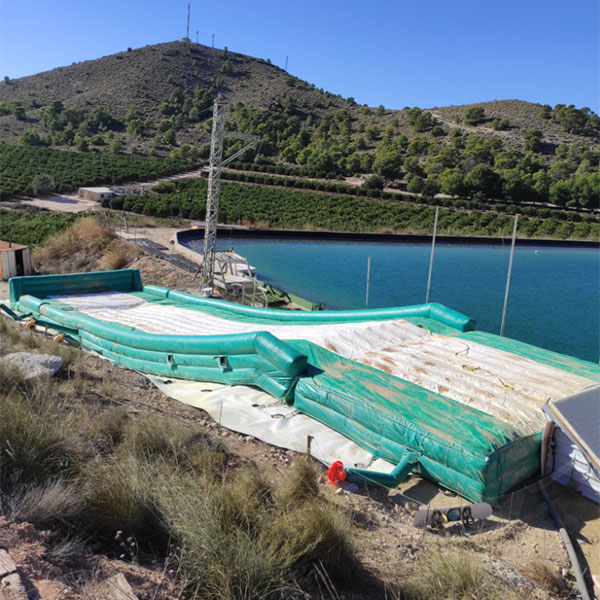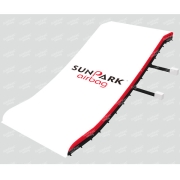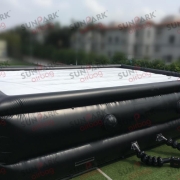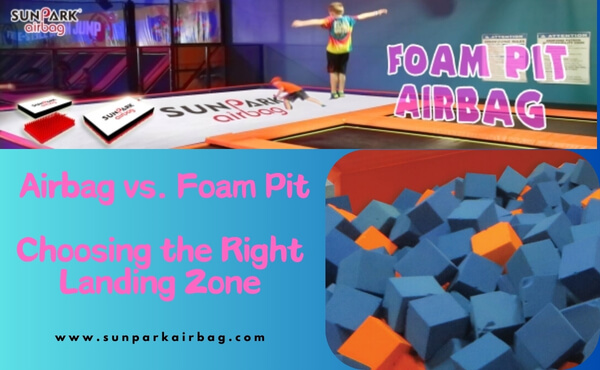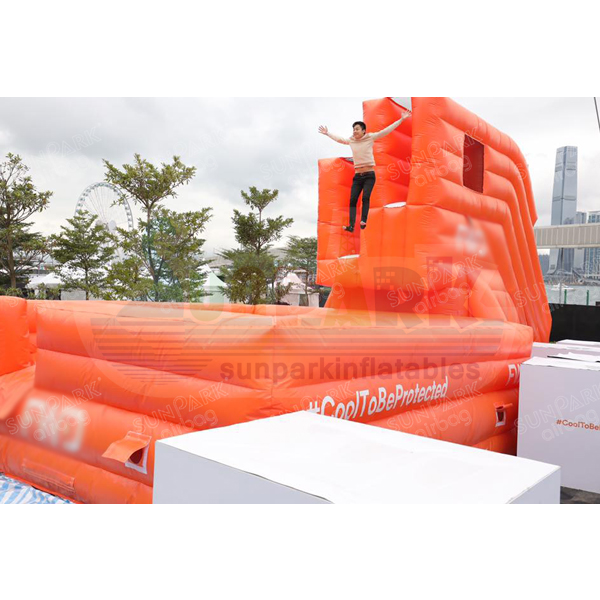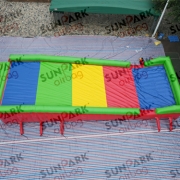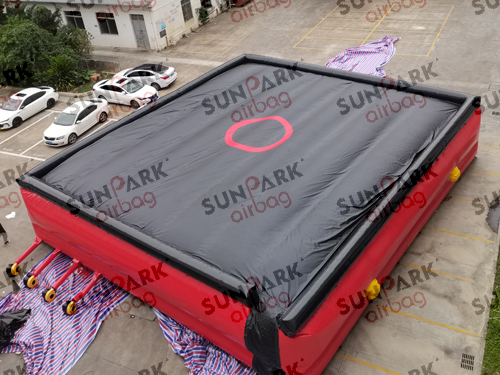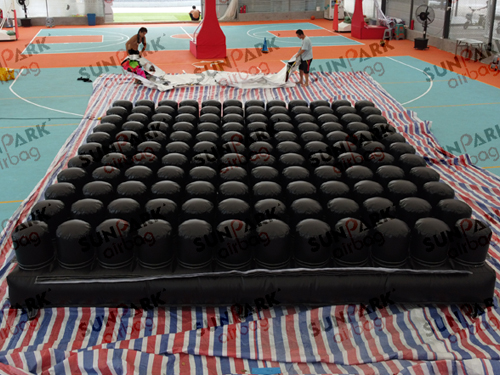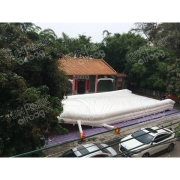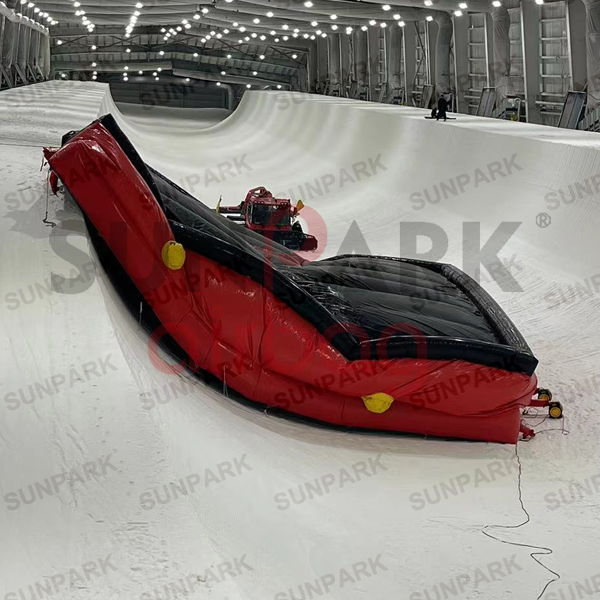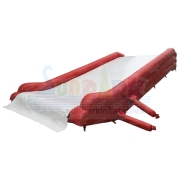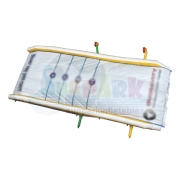Custom Airbags: From Concept to 3D Design & Delivery
1. Introduction — why a custom airbag matters
A custom airbag lets you move beyond “one-size-fits-all” landing or attraction solutions and get a product tuned to your site, user profile, branding and regulatory needs. Whether you’re specifying a bespoke landing for an Olympic training center, a branded freefall attraction at a theme park, or OEM airbags for a sports-equipment line, a custom approach reduces risk, improves usability and creates a better guest — and athlete — experience. SunparkAirbag explicitly offers custom solutions and will send 3D design confirmations before production. SunparkAirbag+1
2. Who needs a custom airbag? Use cases and examples
Custom airbags are the right choice when off-the-shelf sizes or profiles won’t meet your operational, safety or branding goals. Common use cases include:
Olympic / elite training centers that require exact attenuation curves and footprint fits. See Sunpark’s product hub and custom pages for high-performance solutions. SunparkAirbag
Theme parks, event operators and attractions that want freefall or twin-platform installations painted with brand colors and logos. See Sunpark’s freefall and attraction product lines. SunparkAirbag+1
Trampoline parks and gyms converting cube pits to foam-pit/airbag hybrids tuned for class sizes and ceiling heights. SunparkAirbag
OEM partners who want private-label or co-branded airbags for resale or bundled equipment packages. Manufacturer sites show OEM/manufacturing capabilities. SUNPARK
If your project is even slightly non-standard — different slope geometry, vehicle-rated impacts, unusual site constraints, or specific color/branding — you should evaluate a custom design from the start. Sunpark’s custom-airbag page explains bespoke options and contact steps. SunparkAirbag
3. The full design-to-delivery workflow (step-by-step)
Below is the practical workflow Sunpark and most professional manufacturers follow when delivering a production-grade custom airbag. Use this as your procurement map.
Initial briefing & requirements capture
Stakeholders, target users (kids / adults / vehicles), regulatory region, site photos, run-in/run-out geometry, weights and throughput targets.
Concept sketches & feasibility
Quick 2D layouts and rough sizing to validate concept.
3D design & CAD model (you’ll receive 3D preview / render for sign-off) — this is where venting, pillar layouts and branding placements are rendered. SunparkAirbag
Material / hardware specification — shell fabric, valves, anchors, blower specs, flame/UV/cold ratings.
Prototype / sample (for large or safety-critical projects) — small section or full-scale mockup if required.
Pre-production testing — bench tests, pressure cycles, seam checks, material certificates.
Production — assembly, sewing, seam welding and QA at the factory. Sunpark documents show their factory and manufacturing processes. SunparkAirbag+1
Shipping & logistics — crating, palletizing, customs paperwork for international shipments.
On-site installation & commissioning — anchor layout, blower setup, test drops and staff training. Sunpark provides installation guides and site support. SunparkAirbag
Handover, documentation & spare parts — as-built drawings, maintenance schedule, repair kits, and any factory warranty paperwork.
Quick process checklist (table)
| Phase | Deliverable | Who signs off |
|---|---|---|
| Brief | Project brief, photos, constraints | Client |
| Concept | 2D sketch, footprint | Client & design lead |
| 3D | CAD renders / 3D mockups | Client |
| Pre-prod | Test report, sample approval | Client & QA |
| Production | Final QA report | Manufacturer |
| Install | Commissioning report, training log | Client & Installer |
4. 3D design, prototyping & engineering details
Why 3D design matters
A 3D model turns abstract specs into a tangible model you can rotate, measure and simulate. When Sunpark says “3D design will be sent for confirmation,” it means you’ll get a CAD (or realistic render) showing the exact seams, vents, logos and anchor points before the factory cuts fabric. This is critical for:
Verifying that the airbag fits your pit/footprint. SunparkAirbag
Simulating pillar/chamber layouts so you avoid bottom-out in the wrong place.
Showing exact branding placement and stitch lines for your marketing team.
Typical 3D deliverables
Full-scale CAD model or high-resolution photorealistic render.
Seams & panel layout drawings for manufacturer input.
Technical drawings: cut patterns, valve placements, anchor positions, and blower interface.
Optionally, a simple finite-element or dynamic simulation of compression if requested for high-risk designs.
Prototyping notes
For vehicle-rated or very large airbags, a partial prototype (sample pillar module or a single corner) can speed approval cycles and uncover manufacturing challenges early.
5. Materials, certifications and compliance you should require
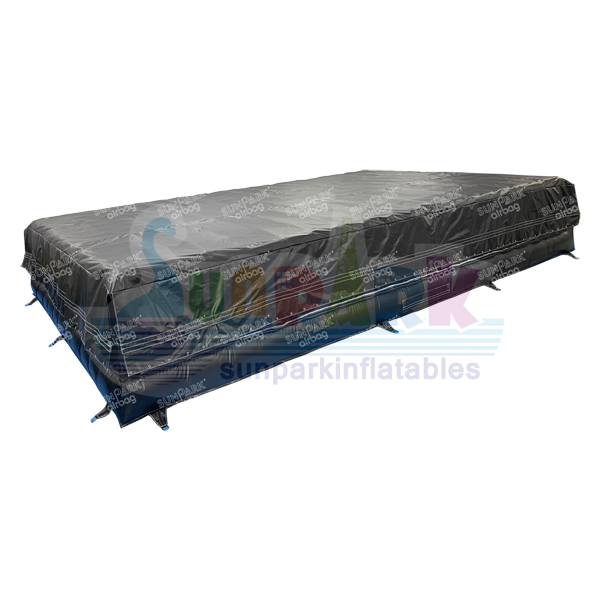
Custom airbags are made from high-performance coated textiles and hardware; insist on spec sheets and certificates.
Material specs to request
Top-layer fabric: PU/PVC coated polyester or TPU — state abrasion, cold flexibility, UV and flame retardancy.
Seam type & strength: stitched + welded seams, seam-tensile test certificates.
Valve & vent hardware: rated for cycles and serviceability.
Anchors & D-rings: stainless or plated steel hardware with load rating.
Standards & certifications (external authoritative references)
Ask your supplier for evidence of compliance with applicable standards — these are commonly used references for inflatable manufacturing and safety:
ASTM F2374 — Standard Practice for inflatable amusement devices (design, manufacture, operation and maintenance). ASTM International | ASTM
EN 14960 (and related EN standards) — safety and test methods for inflatable play equipment in Europe. https://www.en-standard.eu
REACH / chemical compliance for materials sold in the EU — ensure your fabric chemicals are REACH-compliant. echa.europa.eu
Manufacturers like Sunpark state CE or EN certifications where applicable — request documentation for any certification claimed. SunparkAirbag
6. Branding, OEM options and artwork integration
A custom airbag is also a branding asset. Typical branding options:
Full-surface digital printing or vinyl appliqué for logos and sponsors.
Custom colorways for park/theme consistency.
Laser-cut or printed seam lines that integrate with the bag aesthetic.
Sunpark advertises bespoke branding and OEM capabilities — discuss artwork file formats (vector .ai or .eps preferred), color proofs, and trim allowances during the 3D sign-off stage. SunparkAirbag+1
OEM partnerships
For OEM airbags (private-label), confirm:
Minimum order quantities (MOQs), lead times, and exclusivity/patent considerations.
Labeling & serial numbering for warranty and traceability.
After-sales parts support and spare inventory.
Manufacturer sites and their corporate pages often list OEM and manufacturing services—review Sunpark’s manufacturing/ABOUT pages for details. SUNPARK+1
7. Manufacturing, quality control & factory testing
Good factories follow clear QC gates:
Incoming material inspection — confirm roll certificates and chemical compliance.
In-process inspection — stitch count, seam weld tests, and valve mounting checks.
Final pressure/pressure-hold test — verify the bag holds rated pressure and venting performs as designed.
Cycle testing — repeated inflation/deflation cycles on critical models.
Packing & documentation — pack with repair kit, spare filters, and maintenance manuals.
Sunpark’s production pages showcase that they operate experienced facilities and provide pre-production testing—ask for their QC checklist when you request a quote. SunparkAirbag+1
8. Logistics, on-site installation & handover
Shipping & customs
Crate, palletize and label for export. Ensure importer documentation is complete (commercial invoice, packing list, HS codes).
Discuss who handles import duties and local partner support for installation.
On-site installation checklist
Confirm ground prep (flat, debris-free area, ground sheet).
Fix anchor positions per supplied drawing; validate ground bearing and drainage.
Set up blowers on dedicated circuits and test re-inflate/recovery times.
Conduct supervised test drops (incremental, recorded vent settings).
Deliver training for operators and handover maintenance documentation.
Sunpark provides installation support and can supply anchor drawings and commissioning assistance as part of the delivery. SunparkAirbag
9. Pricing, lead times and procurement tips
Pricing factors
Bag size and complexity (multi-chamber / vehicle-rated).
Custom printing and branding.
Hardware spec (marine-grade anchors, heavy duty valves).
Certifications and testing scope.
Shipping and any on-site installation services.
Typical lead times
Small custom runs or color variants: 3–6 weeks.
Large bespoke systems, vehicle-rated or heavy engineering: 8–14+ weeks (including testing and shipping).
Always ask vendors for a time-phased schedule (concept → prototype → test → production → ship). Consider a pilot or small initial order for new suppliers.
10. Decision checklist — what to ask before you order
Can you provide a 3D model and panel layout before production? (Required) SunparkAirbag
Do you have material test certificates and flame/UV/cold ratings? (Required)
Can you share attenuation / performance testing data for similar models? (Required)
What anchor plan do you recommend for my site and wind profile? (Required)
What spare parts and service support are included? (Required)
What are the exact lead times and payment milestones? (Required)
Are OEM/branding and MOQ terms acceptable for my business case? (Negotiable)
Use this checklist when requesting quotes and comparing suppliers.
11. Case studies & internal resources (quick links)
Below are SunparkAirbag pages that are useful during vendor evaluation and project definition — I recommend bookmarking them and referencing the specific product pages during your RFQ (these links are live examples of custom and product pages):
Custom airbag overview — https://www.sunparkairbag.com/custom-airbag/. SunparkAirbag
Products hub (catalog & contact) — https://www.sunparkairbag.com/products/. SunparkAirbag
Design services (3D design & renders) — https://www.sunparkairbag.com/design/. SunparkAirbag
Foam Pit Airbag (hybrid & indoor) — https://www.sunparkairbag.com/product/foam-pit-airbag/. SunparkAirbag
Stunt / Revolution Stunt Airbag models — https://www.sunparkairbag.com/product/revolution-stunt-airbag/. SunparkAirbag
MTB / bike landing airbags (custom contoured landings) — https://www.sunparkairbag.com/product/mtb-airbag-landing/. SunparkAirbag
Inflated landing bag (FMX / vehicle-rated) — https://www.sunparkairbag.com/product/inflated-landing-bag/. SunparkAirbag
(Use these links in your internal RFQ and add the exact model references in your purchase order.)
12. External standards & authoritative references
When preparing your safety pack and compliance documentation, include and cite the following authoritative standards and guidance:
ASTM F2374 — Standard Practice for Design, Manufacture, Operation, and Maintenance of inflatable amusement devices. This is the principal US practice covering inflatables and useful guidance for manufacturers and operators. ASTM International | ASTM
EN 14960 — European standard for inflatable play equipment safety requirements and test methods; relevant for units used in EU markets. https://www.en-standard.eu
REACH (ECHA) — Chemical regulation for materials placed on the EU market; ask manufacturers for REACH compliance documentation for coated textiles. echa.europa.eu
Including these references (and the supplier’s test certificates against them) strengthens your insurance submission and local authority approvals.
13. Yoast / Publishing & SEO checklist (for editors)
Focus keyphrase:
custom airbag— present in title, first paragraph, at least one H2 and several times in body.Meta description: Use the SEO Description above (≤155 chars).
Slug:
custom-airbags-design-process— keep concise.Images & alt text: hero image (1200×628 OG) alt =
Custom airbag 3D design and installation; Shopify/blog banner (1920×1080) alt =Custom airbag installation.Internal links: include the internal pages above (we embedded many).
External links: include the three standards (ASTM, EN14960, REACH).
Readability: short paragraphs, numbered lists and headings (this article follows that).
Schema: add
Articleschema (title, author, datePublished, description, mainEntityOfPage).Yoast checks: keyphrase density (natural), internal links (≥5), meta length and readability score.
14. Conclusion — next steps and contact
A successful custom airbag project balances performance, safety and branding. Start by capturing your requirements (user profiles, site constraints, branding needs), then request a 3D design and attenuation data before you commit to production. Manufacturers such as SunparkAirbag explicitly provide custom design, 3D render confirmations, and production/testing services — use their custom airbag and design pages to kick off your RFQ.

